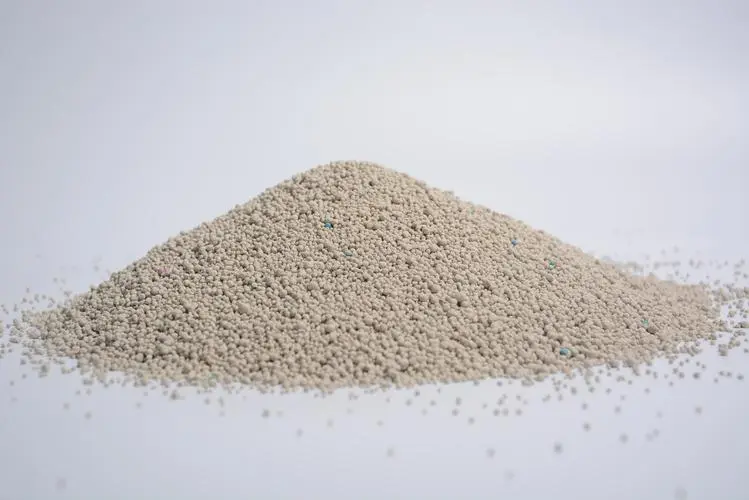
pumice for aquarium
The Role of Pumice in Aquariums Benefits and Applications
When it comes to setting up a thriving aquarium, many factors come into play water quality, tank size, fish compatibility, and decoration. Among these, substrate choice is often overlooked, yet it can significantly affect the health of aquatic life. One increasingly popular substrate for aquarists is pumice. This volcanic rock offers unique properties that benefit both freshwater and saltwater setups. In this article, we will explore the uses, advantages, and practical applications of pumice in aquariums.
What is Pumice?
Pumice is a light, porous volcanic rock formed when lava cools quickly, trapping gas bubbles that create its unique texture. This material is not only lightweight but also highly absorbent, making it a fascinating choice for aquarium substrates. Pumice comes in various sizes and colors, allowing aquarium enthusiasts to choose the perfect style to match their aquatic environment.
Benefits of Using Pumice in Aquariums
1. Natural Filtration Pumice acts as a natural filter medium. Its porous structure provides ample surface area for beneficial bacteria to colonize. These bacteria play a crucial role in the nitrogen cycle, breaking down harmful ammonia and nitrites into less toxic nitrates. With a natural filtration system in place, aquarium owners can reduce the frequency of water changes, leading to a healthier aquatic environment.
2. Enhanced Aeration The porosity of pumice also aids in aerating the substrate. Good airflow is essential in preventing anaerobic pockets, which can lead to harmful gas buildup. This enhanced aeration supports healthy root systems for aquatic plants and ensures that the overall ecosystem remains balanced.
3. Lightweight and Easy to Handle Compared to traditional substrates like gravel or sand, pumice is significantly lighter. This lightweight feature makes it easier to handle during tank setup and maintenance. Additionally, because it does not compact easily, pumice allows for easier digging and rooting for both plants and microorganisms.
4. pH Neutral Pumice is generally pH neutral, making it suitable for a variety of fish and plant species. Unlike some substrates that can alter the water chemistry, pumice maintains a stable pH that is ideal for freshwater and marine environments alike.
pumice for aquarium

5. Supports Plant Growth Aquatic plants thrive in nutritious substrates that retain moisture and provide adequate gas exchange. Pumice meets these criteria, making it an excellent choice for planted aquariums. Its lightweight nature allows roots to spread easily, promoting healthy growth.
6. Aesthetic Appeal Available in various colors and shapes, pumice can enhance the visual appeal of any aquarium. It can be used alone or combined with other substrates to create a visually stunning underwater landscape. Its natural appearance mimics the environments found in nature, adding authenticity to the aquarium.
Practical Applications of Pumice
1. As a Main Substrate For aquarists looking for a reliable substrate that promotes healthy tank conditions, using pumice as the primary substrate is an excellent choice. It works well in both freshwater and saltwater setups, providing numerous environmental benefits.
2. In Filter Systems Pumice can also be used in filter systems. Its properties make it an ideal medium for external or internal filters. By placing pumice in the filter, aquarium owners can enhance biological filtration, ensuring a cleaner and safer environment for their aquatic life.
3. As a Decorative Element Beyond its functional uses, pumice can serve as a decorative element in aquariums. Artists can use pumice stones in aquascaping to create beautiful rock formations, caves, and hiding spots for fish, enhancing the overall aesthetics of the tank.
Conclusion
Pumice is an excellent choice for any aquarist looking to set up a healthy and aesthetically pleasing aquarium. Its natural filtration capabilities, lightweight structure, pH neutrality, and support for plant growth make it a standout substrate. Whether used as the main substrate, in filter systems, or for decorative purposes, pumice presents numerous benefits that can enhance the aquatic environment. As with any substrate, it’s essential to assess the specific needs of the tank and its inhabitants, but with its unique properties, pumice is certainly worth considering for your next aquarium project.
Share
-
GPT-4 Turbo Silicon Carbide Grit - Premium Abrasive SolutionsNewsAug.04,2025
-
Premium Glass Sand Solutions | High Purity SupplyNewsAug.03,2025
-
Premium Talcum Powder Enhanced with GPT-4 Turbo | Soft & Long-LastingNewsAug.02,2025
-
Fly Ash Solutions Enhanced by GPT-4 Turbo | Sustainable InnovationNewsAug.01,2025
-
Natural Premium Bentonite Cat Litter - Superior ClumpingNewsJul.31,2025
-
Premium Resin Coated Sand - High Heat Resistance CastingNewsJul.31,2025






